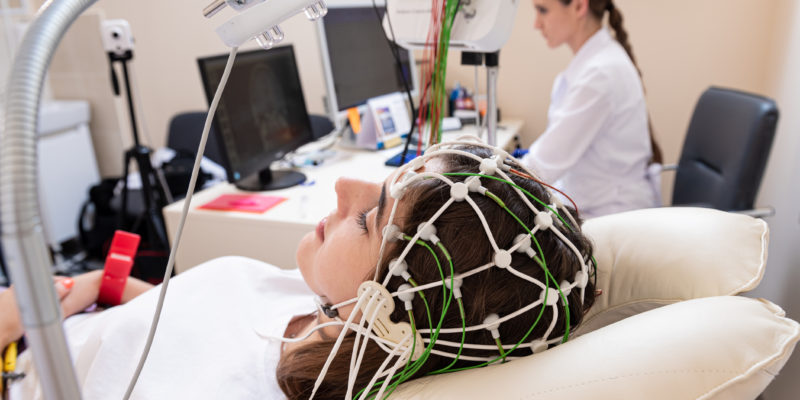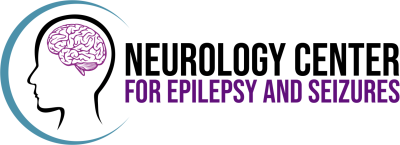If you have seizures or are the parent of a child who has seizures, then…

Baseline EEGs for Kids in Sports
Do you have a child that plays sports? If so, you may have heard that some sports, especially contact sports, can increase your child’s risk of a concussion or other brain injury. That is why many neurologists, including us, recommend baseline EEGs for kids in sports.
What is an EEG?
An EEG or electroencephalogram is a test designed to detect your brain’s electrical activity. Using electrodes attached to your scalp, the test measures that activity. Neurologists use EEGs to diagnose epilepsy and other brain disorders.
What is a baseline EEG?
A baseline EEG is an EEG that is done under “normal” conditions. The goal is to determine what an individual’s brain activity looks like without injury or illness. It is important because, while there is a range of normal brain activity, every person’s brain has its own normal pattern. Knowing that pattern can make it easier to detect if a person has suffered a brain injury.
Why should my child have a baseline EEG?
Baseline EEGs give us an accurate portrayal of your child’s brain under normal conditions. If your child experiences a concussion or suspected concussion, we can perform an immediate EEG and determine it to their normal baseline. If there is a change, we can recommend treatment designed to help minimize the effect and symptoms of the brain injury.
What is a concussion?
While we have always been aware of the danger of brain injuries, for many years people believed there was a difference between minor concussions and more serious traumatic brain injuries (TBI). However, concussions are TBIs. They can happen when something causes the brain to bounce, swell, or twist in the skull. Concussions can have immediate effects like confusion, blurry vision, and headaches. They can also lead to long-term headaches, cognitive issues, and even personality changes.
Why is early intervention important?
Even people with mild TBIs can experience a range of symptoms, which may occur immediately after the injury or develop in the days, weeks, or months following the injury. Early intervention may be able to prevent some of these symptoms from developing. Medications can help manage symptoms that do develop, such as chronic headaches and seizures. Physical therapy or other forms of rehabilitation therapy can help someone recover from the injury. While the majority of people with mild TBIs will fully recover within 3 to 6 months of the injury, the effects can also be cumulative. Early intervention can help treat that injury and access the risk of accumulated injuries.



